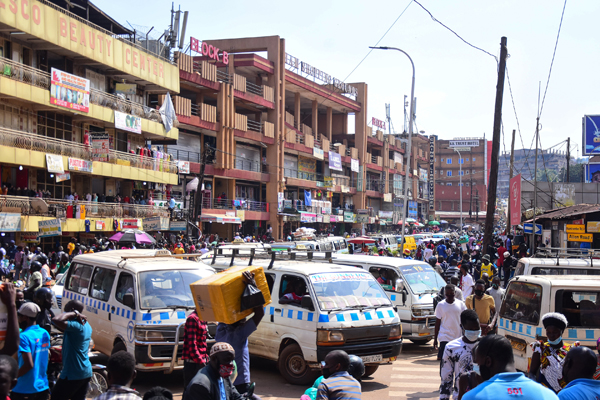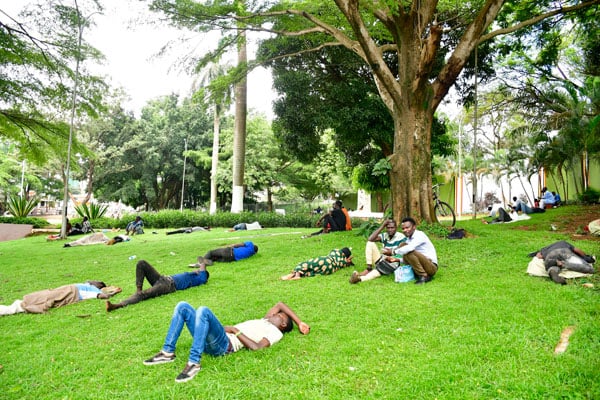Prime
The African continental free trade area is timely

Author: Rodgers Manishimwe. PHOTO/COURTESY
What you need to know:
- It has an estimated combined GDP of $2.5 trillion and a population of over 1.2 billion, making it the largest free trade area in the world.
As of December 2022, a total of 54 African Union states had signed the African Continental Free Trade Area (AfCFTA), and 44 had deposited their instruments of ratification. This intra-African trade was launched in May 2019 by African leaders.
It is among the flagship projects of Agenda 2063 meant to accelerate the growth of intra-Africa trade and use trade more effectively as an engine of growth and sustainable development by doubling intra-Africa trade, strengthening Africa’s common voice and policy space in global trade negotiations.
Agenda 2063 is a set of initiatives proposed and currently under implementation by the African Union.
It was adopted on January 31, 2015 at the 24th Ordinary Assembly of the Heads of State and Governments of the African Union in Addis Ababa, Ethiopia.
Among the goals of the agenda are economic development, including the eradication of poverty within one generation, and political integration.
Agenda 2063 entails Africa’s Aspirations for the Future and key which can boost Africa’s economic growth and development and lead to the rapid transformation of the continent.
AfCFTA, once fully implemented, is expected to elevate 30 million people out of extreme poverty and boost income in Africa by $450 by 2030 while delivering on agenda 2063. It has an estimated combined Gross Domestic Product (GDP) of $2.5 trillion and a population of over 1.2 billion making it the largest free trade area in the world.
The target market for the AfCFTA is projected to rise from an estimated 1.27 billion to 1.7 billion by 2030. In terms of investments and consumer spending, the AfCFTA is expected to attract an estimated $4 trillion (Azikiwe, 2018). In terms of aggregate GDP, this will range from $2.1 trillion to $3.4 trillion or $6.7 trillion at Purchasing Power Parity.
With this potential, this intra-African trade can accelerate and boost Africa’s trading position in the global market place, achieving the inclusivity and development goal.
The implementation of AfCTA is quite promising and going on well. On trade in goods, member states have made commitments to substantially liberalise all trade by eliminating tariffs on 97 percent of tariff lines over a specified period.
The remaining 3 percent of tariff lines relate to products with tariff reduction possibilities. So far, 43 countries representing 78 percent of African Union members have submitted their tariff offers.
A second continental-level report released in February 2022 to track the implementation of the First Ten-Year Implementation Plan noted the need to strengthen institutional capabilities at all levels, create more decent jobs, and improve the quality of life of Africans, especially vulnerable populations.
The report also underscores the need to bridge infrastructure gaps, accelerate industrialisation, increase agricultural productivity, and create climate-resilient economies.
AfCFTA has great potential to deliver on Agenda 2063. However, it needs the level of commitment and implementation by African leaders.
To begin with, they should be willing to eliminate both tariff and nontariff restrictions, strengthen political cooperation, improve physical integration; facilitate business integration and harmonise the rules and regulations through regulatory cooperation.
This will eventually accelerate the intra-African trade, economic growth, industrialisation, and sustainable development in Africa thus delivering on Africa’s goal for inclusive and sustainable development on the Agenda 2063: The Africa We Want.
Mr Rodgers Manishimwe is a trade expert.
[email protected] @ishimwe_rodgers.




